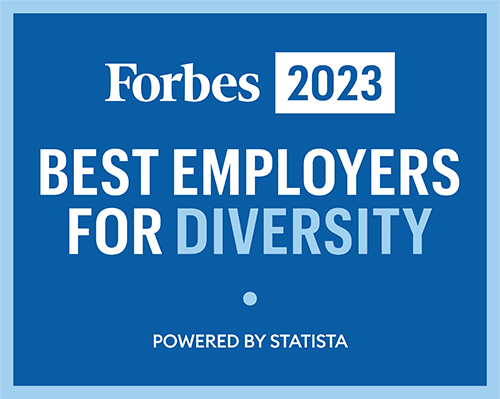Get Ready to Take the Challenge–Time is Ticking!
The title of this blog, “Get Ready to Take the Challenge–Time is Ticking!”, is pretty bold. If you know me, you know bold is my business. If you’re new here, welcome! Get ready to be boldly uncomfortable—it’s needed to become the effective leader you are growing towards.
What about the title is intimidating? For me it’s the initial idea that identifying the key challenges currently experienced by your organization or industry is a big concept. The good news is that the challenges are the same. Getting past the comfort of the status quo and taking on the details is the hard part. When you understand what you want your employees to know, feel, and do, KFD, and how to get there, it is easier to face the challenges. It’s bold and it’s uncomfortable, but it brings the kinds of change cultures require to continue to compete.
Fill in the blank: My biggest challenge is ___________________. When I ask this question, these are responses I get, and they usually don’t vary much:
- team dynamics
- unable to find talent
- organizational needs prevent focus or employee specialization
- inability to get or implement training
Interesting enough the common denominator in all four challenges is time. Let me break it down for you.
Team dynamics: communication falters because people miss details. They skim emails and zone out of meetings, mentally preparing for what needs to be done next. They dismiss one another’s work style, sending an urgent email after the recipient has left for the day.
The ability to build time into understanding the team, how each person works and performs best, and communicating appropriately reduces friction among coworkers and increases attention to detail.
Unable to find talent: giving employees time to produce quality work that meets the deadlines but does not allow unseen abilities to be discovered and developed.
Setting timeframes for projects to allow cross-functional work or given additional attention to detail leads to new ways for team members to show their capabilities and, bonus, increases job satisfaction.
Organizational needs prevent focus or specialization: expecting people to wear more than one hat is not new, not understanding what hats fit is where the challenge creeps in and prohibits people doing their job well. Allowing your staff time to do what they know or provide thoughtful stretch assignments offers them the chance to find their voice and confidence and grow into leadership positions.
Inability to get or implement training: with time already stretched, the first thing that falls off the radar is development or learning engagements. Investments in learning and development are lower priority due to limited resources. Reprioritizing the investment of time into your organization pays dividends of efficiency and confidence. Gaining knowledge allows us to find new ways to utilize resources we may already have or that will give us back some of the time we are already lacking.

You Need to Be Uncomfortable
Be honest, how much of the training being done in your company is simply for compliance or to meet regulatory training requirements? Leadership is going through the motions—they understand why they should go beyond required training to develop talent and grow leaders, but they aren’t actively invested in doing so. Really, how can we expect them to be when the employees themselves aren’t bought in?
The best way I know how to change hearts and minds is KFD—and no, that is not a little Kentucky Colonel with chicken, it’s Know, Feel, Do which goes beyond status quo and forces you to be active, which is different and probably uncomfortable.
K: Know that you’re important to the organization and what you’re asking is vital to the future success of their company
F: Feel energized, confident, and prepared to take on the challenges that lie ahead! Take on the new perspective that learning must be the center of your organization.
D: Do have conversations with your leadership about how they can make learning the foundation and encourage them to spend some time on their own personal development to help the organization.
It’s not easy even for seasoned leadership and development veterans, the biggest cheerleaders for the kind of investments I am proposing here. We spend our early careers learning. We seek out workplaces where we can develop our skills and ourselves. Once we find a level and pace that we are comfortable with, we begin to find definitions of success that no longer include developing ourselves and our leaders. We accept the fast pace of the workplace, sacrificing what is already within us, but we don’t take time to recognize what we have and how we can develop it to create new definitions of success.
To fall into this sense of security, to believe that what we know is good enough or will simply have to do puts the company, culture, and our own personal development in the cross hairs of complacency–and we know no one wants that–especially the new talent we are looking to recruit, those who come to us hungry for the same ability to learn and grow that we had, or better yet should still have. Growth demands uncomfortable change. Taking on the challenge of time is hard, but you have it in you to face it–and overcome it with some KFD.
Shift Points:
- Time is the biggest challenge to developing talent and leadership.
- Engagement from the C-suite down is required.
- Building time for development and growth allows us to see the strengths and options to move organizations forward.


